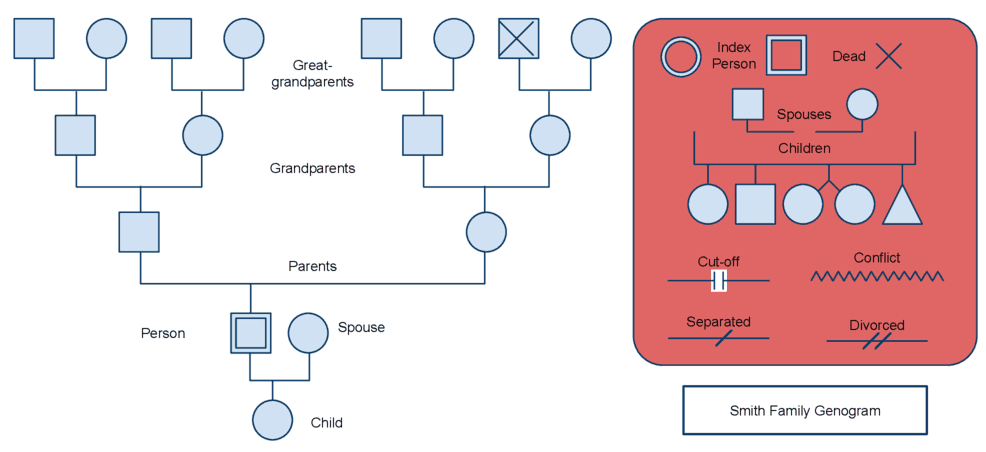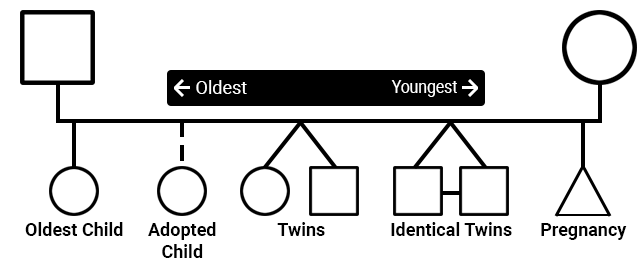
Web searches or family books can be used to cross check what you’ve learned from your family or fill in some gaps.Sometimes your family won’t be able to remember everything you need to know, or they may not wish to share it with you. Search through family books and documents, and the internet.Stories are some of the best means by which we remember and transfer information––encourage these as they arise by listening attentively and asking open-ended questions that motivate the person to share more information. Be prepared to listen to lots of stories.Be mindful that these discussions may be difficult for some family members.While the questions you have written down will help you with the outline of what you’re trying to learn, you may also get useful information you didn’t think about when you listen to stories from your family members.Ask questions about family relationships and significant events. Once you’ve exceeded your own knowledge, it’s time to talk to family members. Take a look at the questions you’ve formed and see how many you can answer on your own.Chances are, you already know quite a bit about your family history, especially if you’re close with one or more of your family members. ”Did have any mental or physical illnesses? What were/are they?”.”How many children did your mother’s parents have?”.”Beginning with your grandmother, what was her name, who was she married to, and when/how did she pass away? What was her ethnicity?”.Use what you wish to learn from your genogram to come up with some questions to ask so that you can get the most information as quickly as possible. Develop a set of questions to ask yourself and your relatives.Deciding how far to go back will give you an idea of who you need to contact. Do you want to start with your grandparents? Maybe you want to go further back to your great grandparents. Knowing how far back you need to go will also make the process easier and quicker.


Only in addition to looking at the branches, you also look at the leaves on each branch. Once you know why you're making a genogram, whether it’s for a healthcare provider, school project, or just to get to know you and your family more, knowing what it is you want to learn can help you to organize how you go about populating your genogram.

Genograms can focus on a number of hereditary patterns and issues including substance abuse, mental illness, and physical violence, as well as many physical illnesses.It's also likely to help you decide with whom you will share the completed diagram––sometimes the information might be considered upsetting or too sensitive for some family members, so you'll need to judge that depending on the context.

The purpose of your genogram will help you to focus on the type of family information you want to collect. Determine your reason for creating a genogram.Steps Deciding What You Want to Learn from a Genogram


 0 kommentar(er)
0 kommentar(er)
